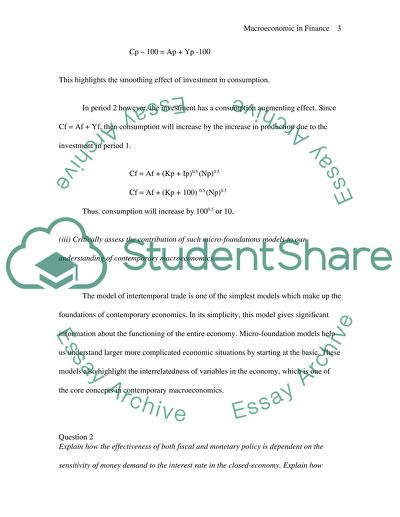Cite this document
(Macroeconomic in Finance Assignment Example | Topics and Well Written Essays - 2000 words, n.d.)
Macroeconomic in Finance Assignment Example | Topics and Well Written Essays - 2000 words. Retrieved from https://studentshare.org/macro-microeconomics/1507016-macroeconomic-in-finance
Macroeconomic in Finance Assignment Example | Topics and Well Written Essays - 2000 words. Retrieved from https://studentshare.org/macro-microeconomics/1507016-macroeconomic-in-finance
(Macroeconomic in Finance Assignment Example | Topics and Well Written Essays - 2000 Words)
Macroeconomic in Finance Assignment Example | Topics and Well Written Essays - 2000 Words. https://studentshare.org/macro-microeconomics/1507016-macroeconomic-in-finance.
Macroeconomic in Finance Assignment Example | Topics and Well Written Essays - 2000 Words. https://studentshare.org/macro-microeconomics/1507016-macroeconomic-in-finance.
“Macroeconomic in Finance Assignment Example | Topics and Well Written Essays - 2000 Words”, n.d. https://studentshare.org/macro-microeconomics/1507016-macroeconomic-in-finance.


